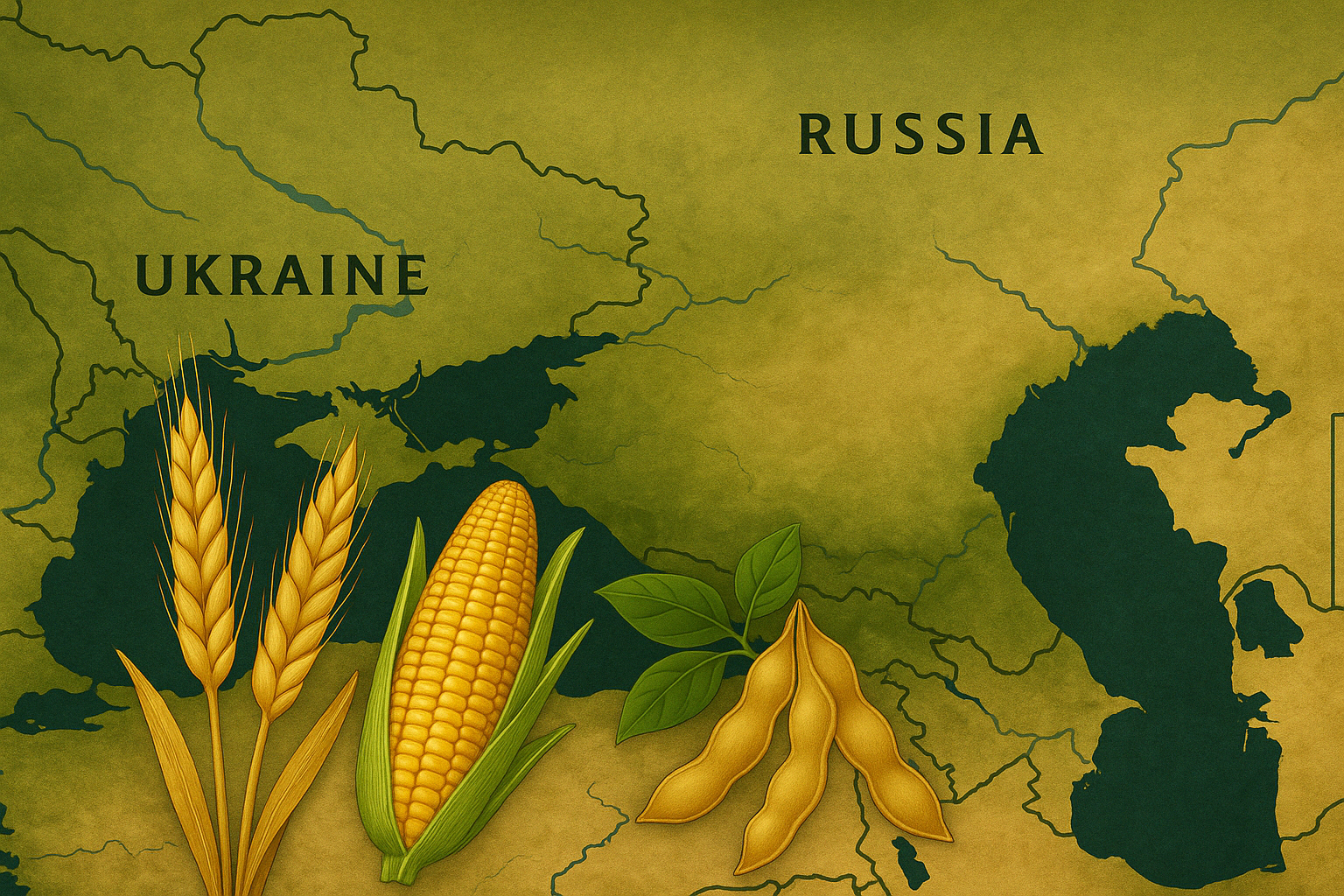Recent trends in the Black Sea grain market reveal a shifting landscape, marked by favorable forecasts in Romania and production pressure across Ukraine and Russia. Policy decisions and weather variability continue to shape short- and mid-term expectations.
Romania’s Record-Breaking Harvest Forecast
Romania is emerging as the standout performer in the Black Sea region this season. The country is poised to deliver its largest wheat harvest in recent memory, with forecasts ranging between 13.3 and 14 million metric tons for the 2025/26 marketing year. This figure surpasses both the EU Commission’s projection of 10.4 million tons and last year’s harvest of 9.29 million tons.
The growth is credited to expanded planting areas, high yield potential, and a recovery in weather conditions after early spring delays. Analysts from the International Grains Council (IGC) and Argus Media have both revised Romanian production upwards, noting that this could be the largest crop since 1997. This strong performance not only boosts Romania’s export potential but also contributes to the IGC’s recent upward revision of global wheat output to 808 million metric tons.
Ukraine’s Dry Spell Raises Concerns
Ukraine is facing growing uncertainty, particularly in the southern and eastern parts of the country where persistent dryness has stalled corn development. Corn crops are reportedly two to three weeks behind schedule due to lack of heat and moisture. While winter wheat harvesting has begun, further progress depends heavily on upcoming weather.
As a result, the IGC has revised Ukraine’s corn production forecast downward—from 30 to 28.6 million metric tons—highlighting growing concern over yield potential and export volumes in the coming months.
Mixed Signals from Russia
Russia’s outlook is slightly more optimistic. Sovecon has upgraded its wheat production forecast to 83 million metric tons, citing improved crop conditions in central parts of the country. However, concerns remain. Some regions are still in need of rainfall to maintain yields and avoid delays as harvesting begins. The variability in weather across Russia introduces a level of uncertainty regarding the overall grain output and its availability for export.
Policy Shifts in Romania and Moldova
Romania is reinforcing its control over Ukrainian grain imports by extending its licensing system until the end of 2025. This regulation affects the entire supply chain—farmers, processors, and traders—and aims to protect domestic producers from excessive inflows of low-cost grain. The Romanian Ministry of Agriculture has emphasized prioritizing domestic sourcing as part of broader EU social protection strategies.
Moldova has mirrored this stance, implementing similar measures to safeguard its domestic grain sector. These developments highlight growing regional tensions around trade and market access for Ukrainian agricultural products.
Weather as a Regional Wildcard
Weather conditions remain a major factor shaping crop prospects across the Black Sea. Romania has benefited from timely rainfall, especially for winter wheat, contributing to its strong harvest outlook. In contrast, Bulgaria and Ukraine continue to face rainfall deficits, raising concerns for corn yields.
In Russia, the picture is mixed—while some areas are improving, others still require additional moisture. This uneven weather pattern complicates planning for both harvesting and export logistics, making the coming weeks crucial for the region’s overall performance.
Broader EU and Global Trends
The European Commission has revised its EU-wide soft wheat production forecast for 2025/26 to 128.2 million tons, up from previous projections. Romania and Spain are the primary contributors to this increase, while France continues to struggle with the effects of a hot and dry June.
EU soft wheat exports are projected to hold steady at 29.8 million tons. However, ending stocks have been slightly reduced due to adjustments in opening stock levels. These figures underline the growing importance of Romania as a key supplier within the EU and beyond.
Regional Strengths and Strategic Watchpoints
While Romania is set to play a more influential role in regional grain exports thanks to favorable harvest conditions, the broader Black Sea region remains subject to policy uncertainty, uneven weather, and shifting trade dynamics. Ukraine’s production risks and Russia’s weather variability could tighten global supply if unfavorable conditions persist.
As the harvest season accelerates, traders and policymakers alike will be watching closely. Romania’s strong season could help stabilize the region’s role in the global grain supply chain, but only if logistical challenges and policy constraints are effectively managed.

